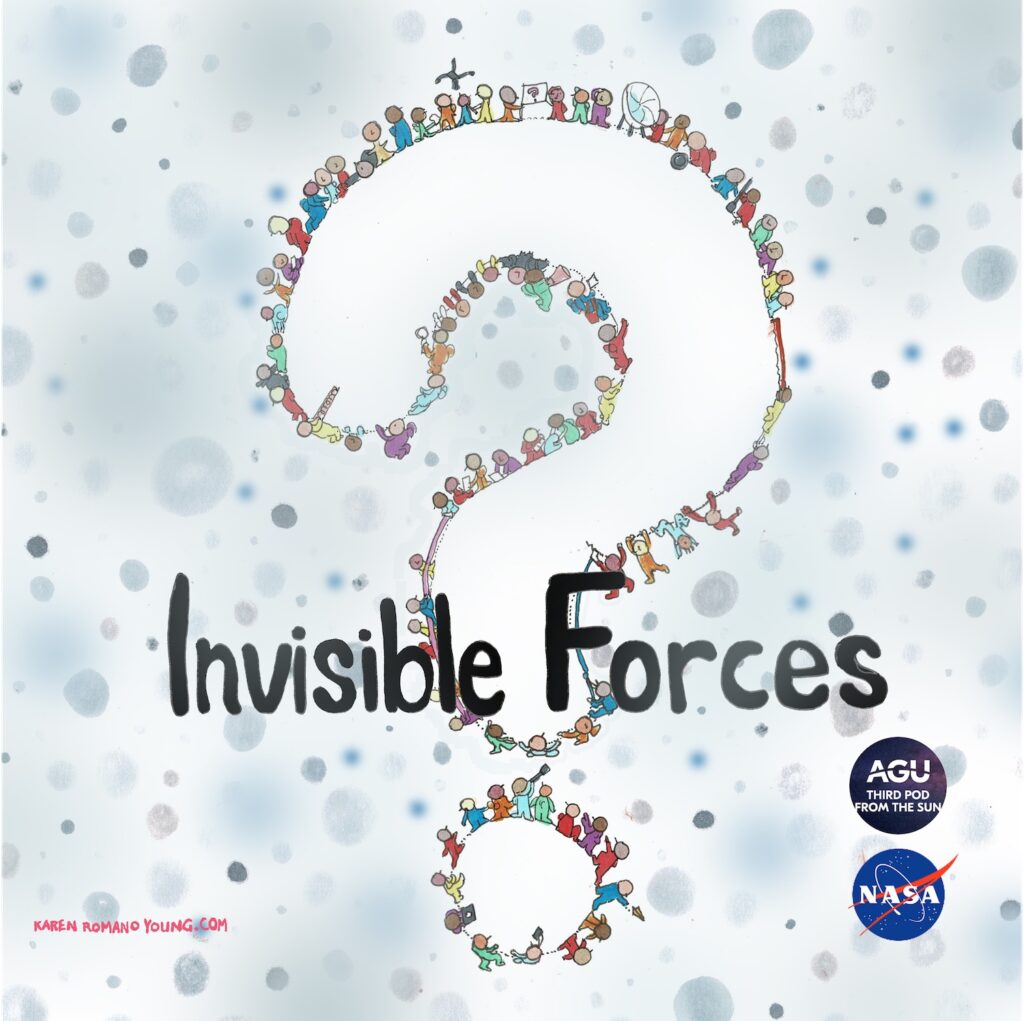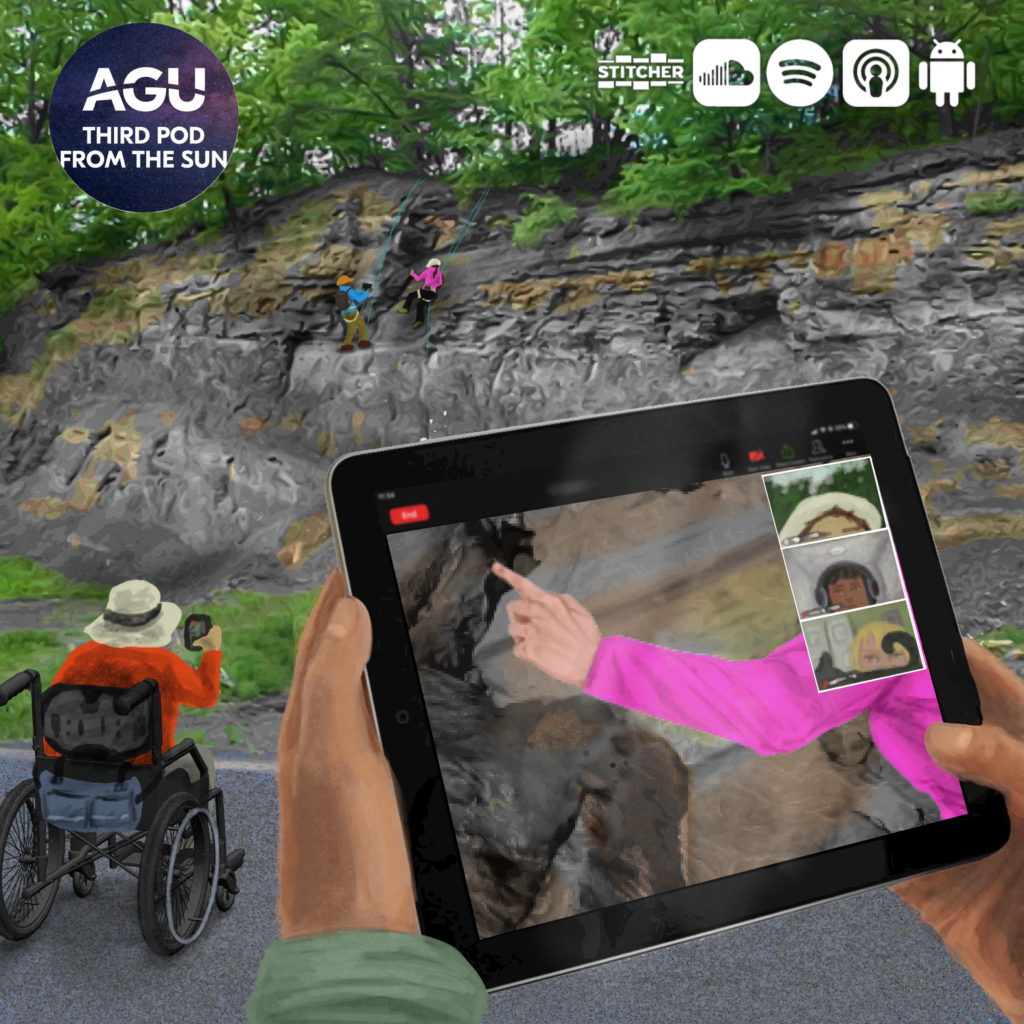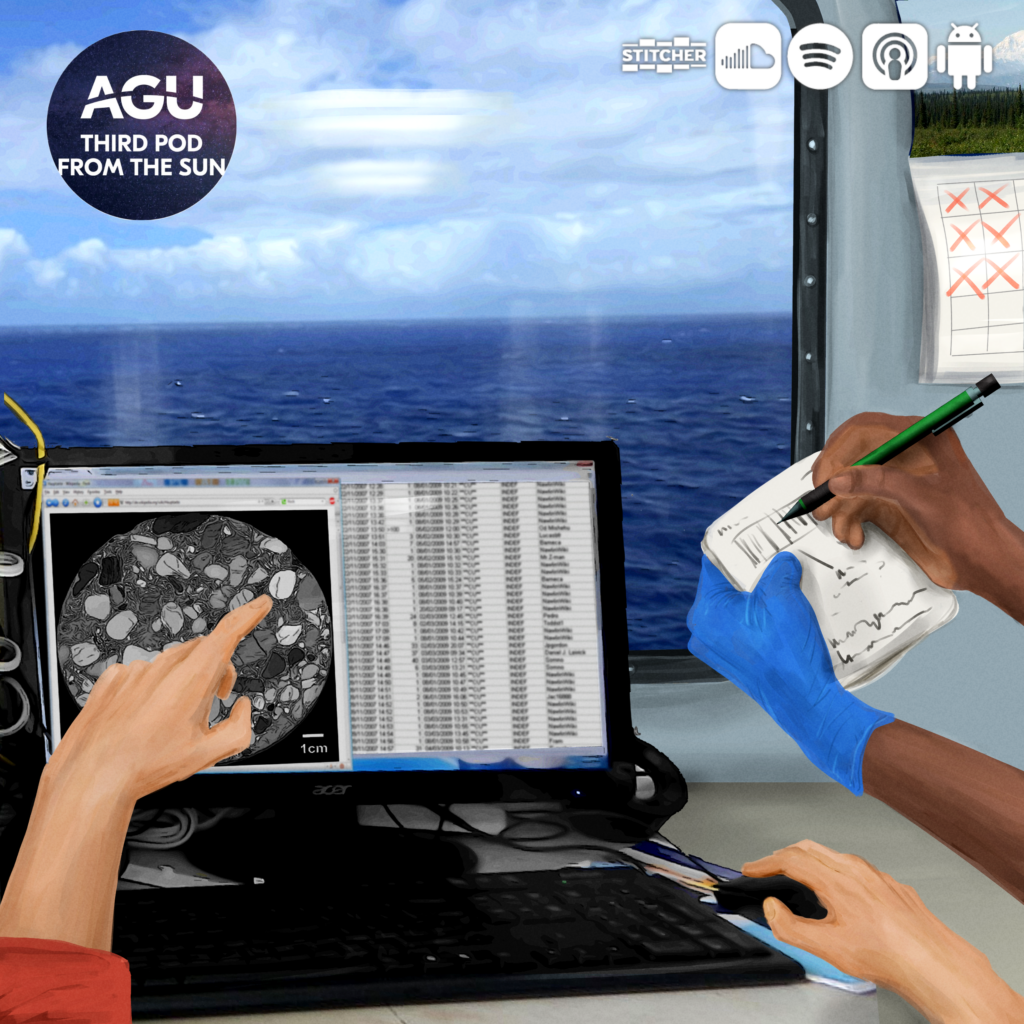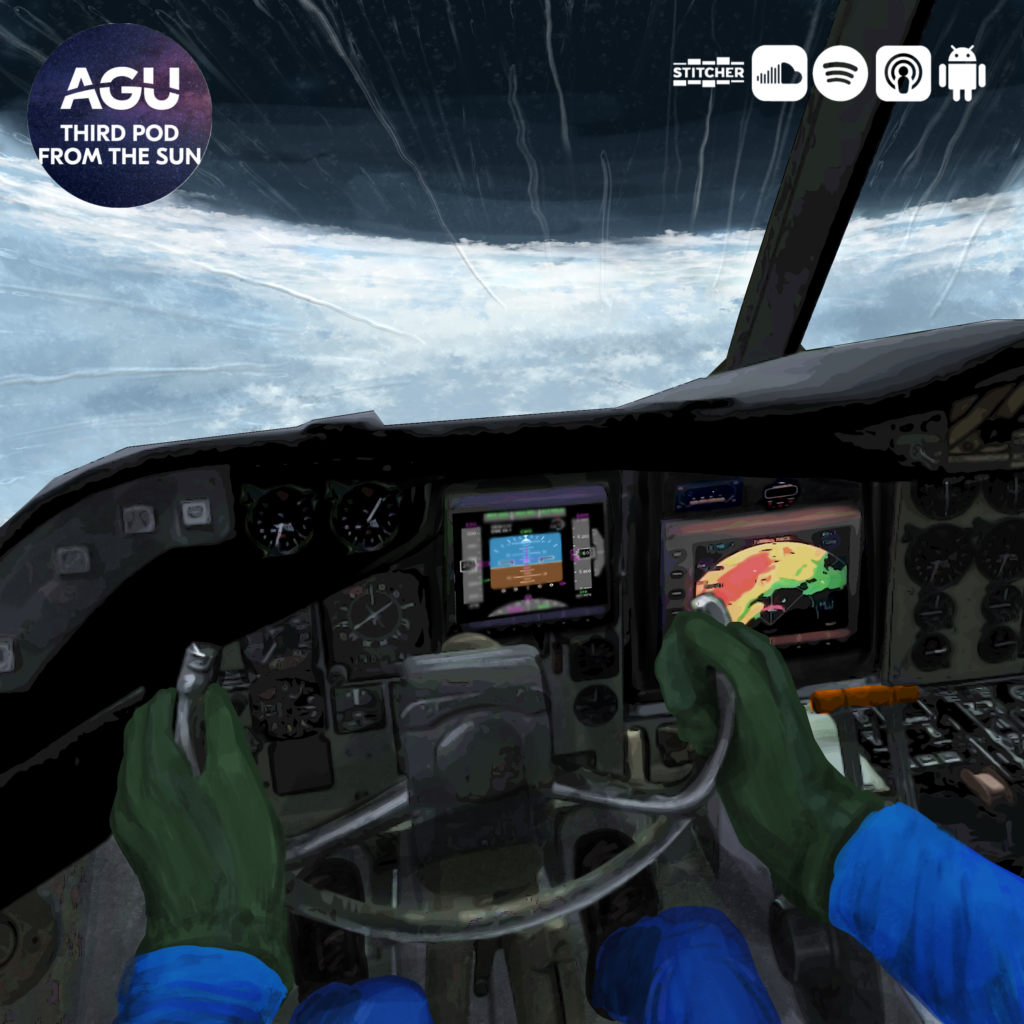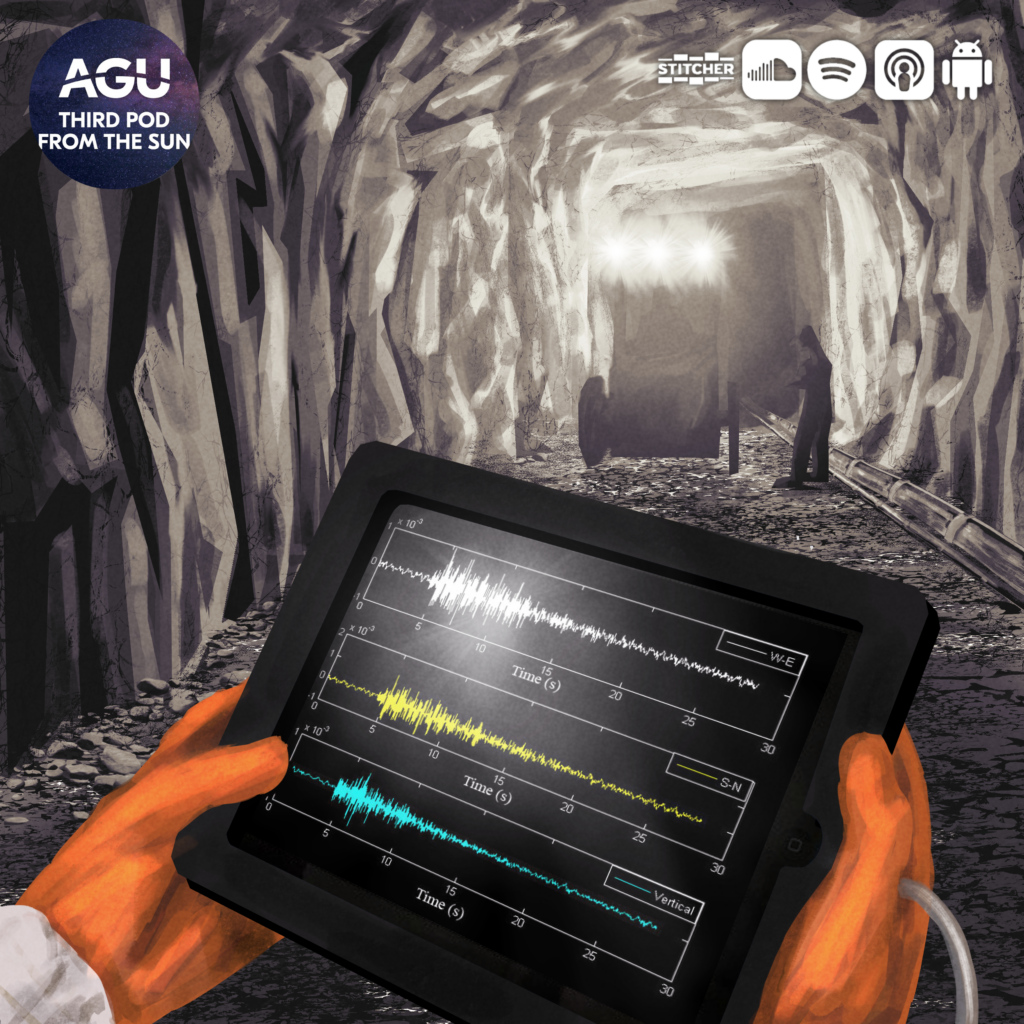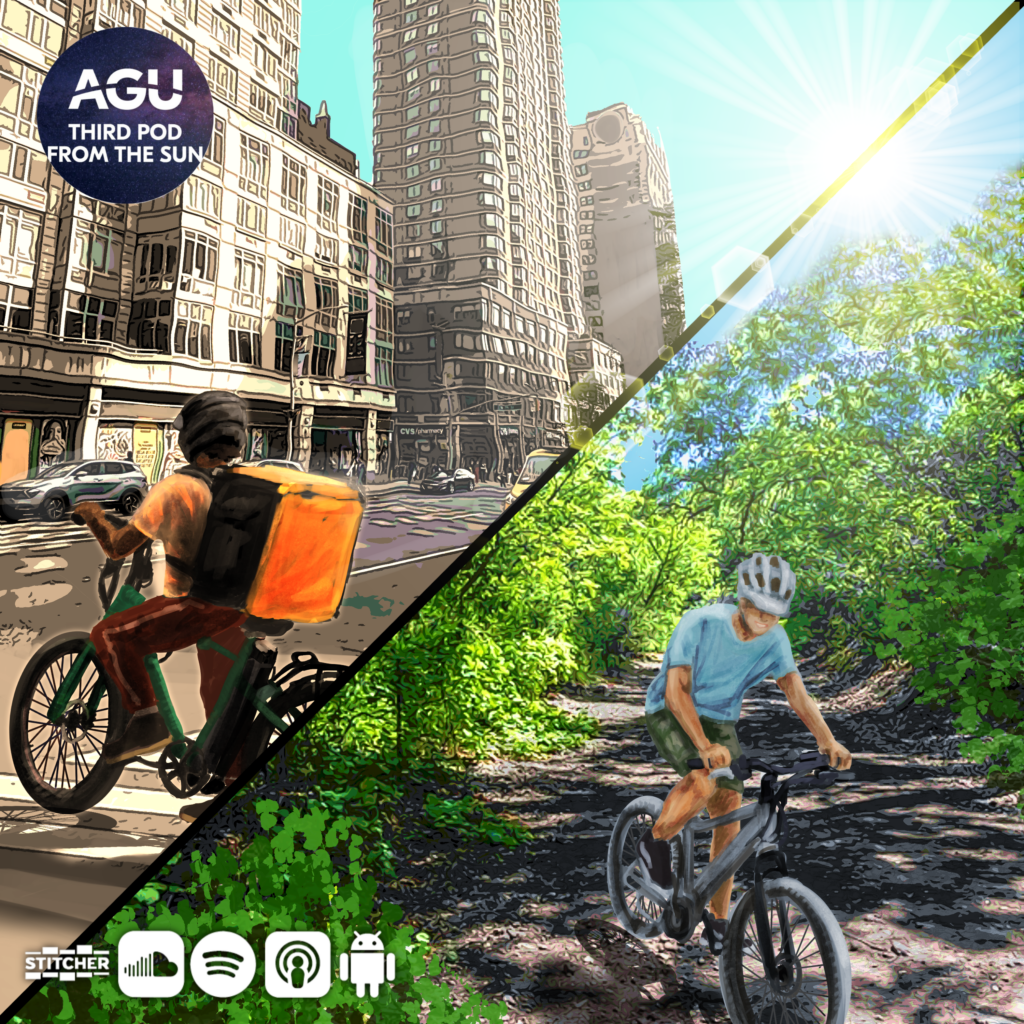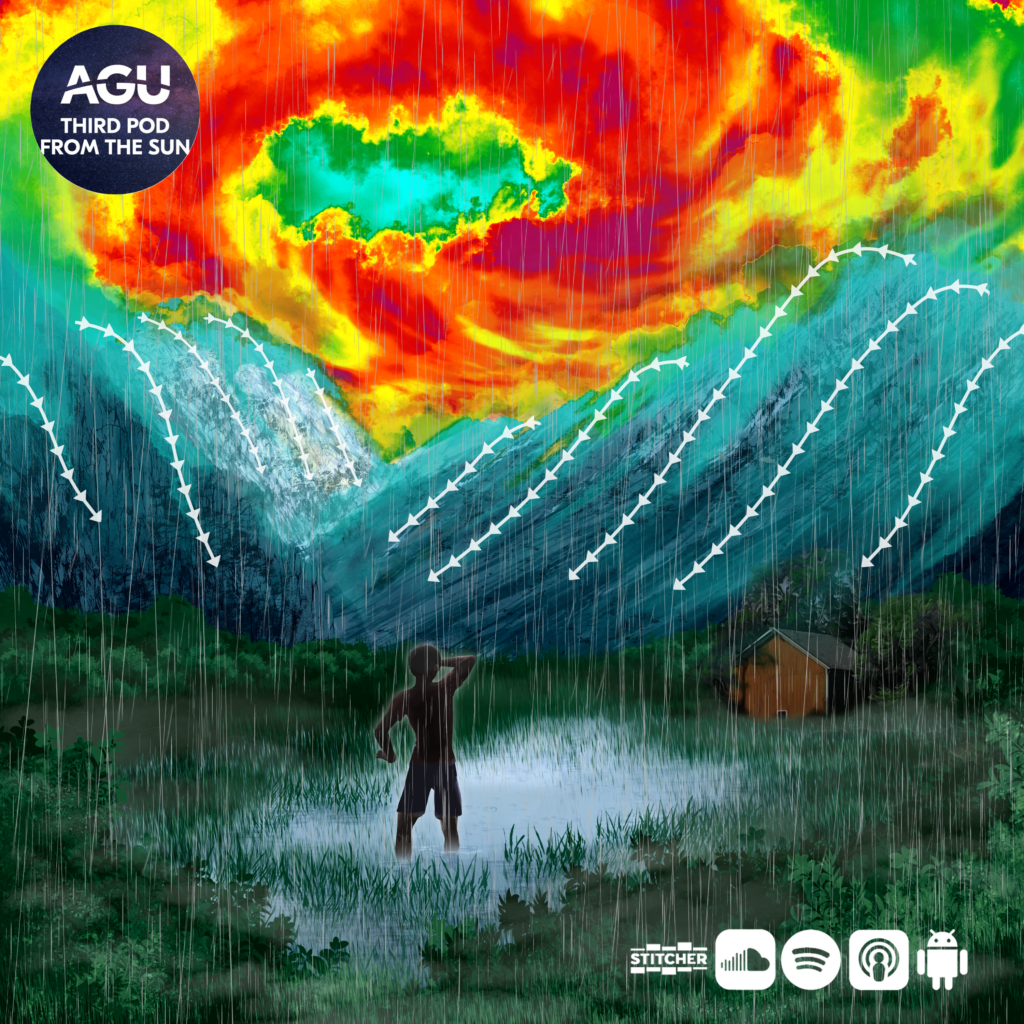Posts Tagged ‘Women in Science’
Invisible forces: Fielding Earth’s magnetic mysteries
What was the first big project you worked on at your job? An important report? An interesting experiment?
How about helping to build a satellite?
Read MoreInvisible forces: Sharpening our cosmic vision
When you look up into the night sky, what do you see? Is it a clear picture? Do you see anything at all? What if we could enhance our view of the cosmos and develop technology that promises to clear away cosmic blur?
Read MoreInvisible forces
We’re journeying into the mysterious world of invisible forces that shape our lives in ways we often overlook for our next series! Join us as we, explore nuclear energy, feel the pull of magnetic fields, and more.
Read MoreFieldwork rocks: Can it be accessible for all?
When we imagine a geologist striding through the mountains, carrying heavy samples and equipment, the picture omits a lot of people. Scientists with mobility, vision and hearing impairments or other disabilities have a much longer road to walk to get to the field sites geologists often seek.
Read MoreFieldwork rocks: Marooned on purpose
You might think of a deserted island when you picture being marooned, but for some geology researchers the island is their research ship. To collect samples of rocks and sediments from deep beneath the ocean, scientists park a ship called the JOIDES Resolution in place out at sea. That gives them plenty of time to drill for their samples, but it also means spending two months offshore.
Read MoreFieldwork rocks: Head in the (funnel) clouds
Every year between June and November, researchers take to the skies to better understand and measure hurricanes. Heather Holbach is part of NOAA’s Hurricane Research division and is one of the scientists on the flight team who gets up close and personal with hurricanes.
Read MoreFieldwork rocks: From sea to quaking sea
Seismologist Margaret Boettcher has ventured to the depths of South African gold mines and the middle of the Pacific Ocean in a quest to find earthquakes that are predictable enough to measure and simple enough to understand.
Read MoreSolving for climate: The silent killer in your urban backyard
Cities are hotter due to concrete and asphalt absorbing and retaining heat, less tree cover, AC units pumping out hot air, and more. Most worrying is how hot it remains at night, when bodies are trying to cool down and recover from hot daytime temps.
Read MoreSolving for climate: (Health and safety) in (climate) numbers
We’ve all probably heard about how climate change is affecting the ice sheets and polar bears, but what about human health? More severe and numerous floods, droughts, and heat waves impact a wide range of health outcomes, and shifting biomes may spread diseases to new places. How do scientists understand which portions of health effects are caused by climate change, and how can health organizations be prepared?
Read MoreSolving for climate: Do go chasing hurricanes
Jane Baldwin is a storm chaser, only her mode of chasing is computational modeling using multiple streams of data. As an Assistant Professor of Earth System Science at UC Irvine, she models how hurricanes and other natural hazards respond to atmospheric dynamics.
Read More


